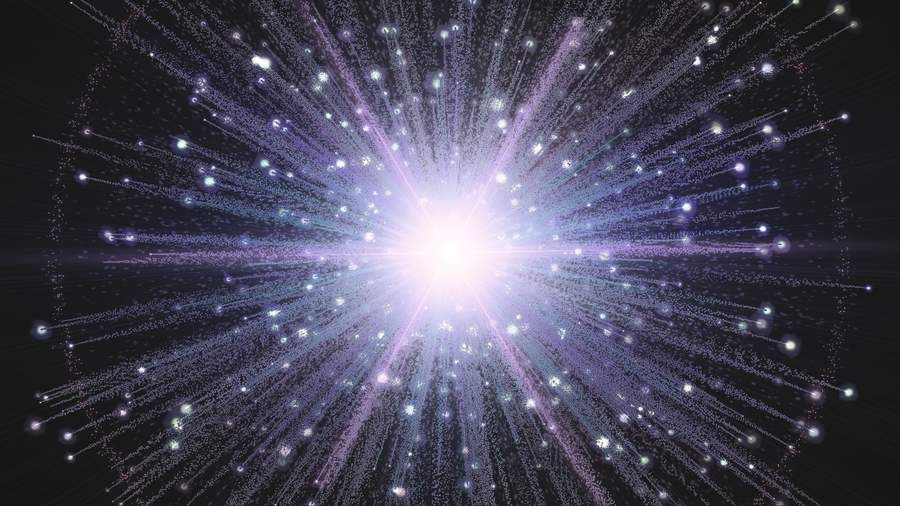
www.space.com
The 1st few seconds of the Big Bang: What we know and what we don't
Believe it or not, physicists are attempting to understand the universe when it was only a handful of seconds old.
Science & Tech
Paul M. Sutter is an astrophysicist at SUNY Stony Brook and the Flatiron Institute, host of Ask a Spaceman and Space Radio, and author of How to Die in Space. He contributed this article to Space.com's Expert Voices: Opinions and Insights.
Believe it or not, physicists are attempting to understand the universe when it was only a handful of seconds old.
But the situation here is complex, to say the least, and while we've made significant headway, there's still a lot left to learn. From miniature black holes to exotic interactions, the infant universe was a busy place.
The known knowns
Let's start with the general framework. 13.77 billion years ago, our universe was incredibly hot (a temperature of over a quadrillion degrees) and incredibly small (about the size of a peach). Astronomers suspect that, when our cosmos was less than a second old, it went through a period of incredibly rapid expansion, known as inflation.
This inflation event was perhaps the most transformative epoch ever to occur in the history of our universe. In less than a blink, our universe became incredibly larger (enlarging by a factor of at least 10^52). When this rapid expansion phase wound down, whatever caused inflation in the first place (we're not sure what) decayed, flooding the universe with matter and radiation (we're not sure how).
A few minutes later (literally), the first elements emerged. Prior to this time, the universe was too hot and too dense for anything stable to form — it was just a giant mix of quarks (the fundamental building blocks of atomic nuclei) and gluons (the carriers of the strong nuclear force). But once the universe was a healthy dozen minutes old, it had expanded and cooled enough that the quarks could bind themselves together, forming the first protons and neutrons. Those protons and neutrons made the first hydrogen and helium (and a little bit of lithium), which went on hundreds of millions of years later to build the first stars and galaxies.
From the formation of the first elements, the universe just expanded and cooled, eventually becoming a plasma, and then a neutral gas.
While we know that this broad-brush story is correct, we also know that we're missing a lot of details, especially in the time before the formation of the first elements. Some funky physics may have been in operation when the universe was only a few seconds old, and it's currently beyond our theoretical understanding — but that doesn't stop us from trying.
























































